7 Pattern Symbols
Sheri Deaton
Pattern Symbols
Do you remember what it was like to learn to read? Learning to associate the letters of the alphabet with specific sounds might have been daunting. Putting symbols together to form words, sentences, paragraphs, and essays took even more effort. As students are learning the symbols associated with patterns, teachers need to practice patience with students and encourage students to practice patience with themselves.
Teachers who are facilitating apparel production laboratory experiences should remember that it is important to
- Go slow.
- Practice building recognition of symbols frequently.
- Use formative assessments and check for understanding often.
- Allow students opportunities to use their knowledge in various settings.
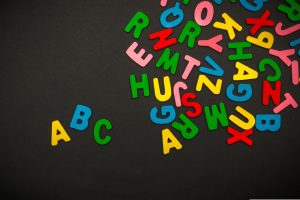
Symbols on patterns give a variety of information including cutting lines, stitching lines, alteration lines, button/buttonhole placement, fold lines, and dots and notches, which help match the pieces during construction. See the following symbols and explanations (Apple, 2021) below and try to apply what you have learned by completing the Sewing Pattern Symbols Google form and other formative assessments at the end of this chapter.
Solid and open dots—indicate placement to match seams or construction details, i.e., pocket placement, pleats, gathers, etc.![]()
Single notch—indicates the front of a garment piece and is used to match pattern pieces for construction.![]()
Double notches—indicate the back of a garment piece. The backside of most garments is bigger than the front side, so that is an easy way to remember the difference between the notches. Two notches indicate the back of the garment while one notch indicates it is the front of the garment.
![]()
Double-ended arrow line– used to indicate grain line. This is called the straight-of-grain symbol. If you see this symbol, you must place the pattern on the fabric straight of grain, with both ends of the arrow measuring an equal distance from the selvage.
![]()
The double-ended bent arrow line-used to indicate the grain and to identify that you should place the pattern piece on the fold of the fabric.
![]()
The dotted line indicates the stitching line. The seam allowance is the distance between the dotted line and the solid line. Read the pattern instruction sheet to determine how wide the seam allowance should be for each project, noting that each project you complete may have different seam allowances.![]()
A solid line on the outer edge of the pattern piece indicates where to cut the pattern piece.
Double solid lines on a pattern indicate where to lengthen or shorten a pattern piece for alterations. When you know how to alter a pattern, you can customize a commercial pattern to best fit your body shape. ![]()
The crossed circle indicates the apex of fullness. This is usually located at the bust line and hip line.
The X indicates where to place buttons. 
The line with end bars indicates buttonhole placement and the length of the buttonhole.![]()
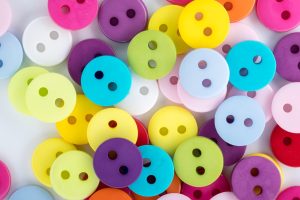
Hemming it Up
As students learn to read and decipher sewing pattern symbols and use them to construct garments, they are demonstrating a host of career readiness skills, including problem-solving, thinking critically, and using text to make meaning. Remind your students of the importance of tenacity, stick-to-itiveness, and their role in their success in life (Deaton, 2021).
Just like it takes a while for children to learn their A, B, and Cs, do not expect your students to learn these symbols after the first interaction with them. Check your student’s understanding of these symbols through quick formative assessments along the way. Consider using tools such as Quizizz, Quizlet, Quizlet Live, or Kahoot! The more students see these symbols, the more comfortable they will become with reading them and interpreting their use and application. Practice may not make perfect, but practice will make it more permanent.
| Quizizz | Quizlet | Kahoot! |
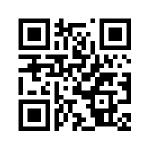 |
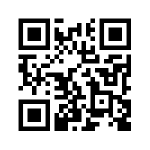 |
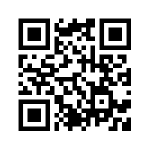 |
In the next chapter, we will discuss how to transfer these symbols from the pattern pieces to the fabric. It is important to know what the pattern symbols mean when you are cutting out the fabric; however, failing to transfer the symbols to the fabric can result in confusion and misapplication.
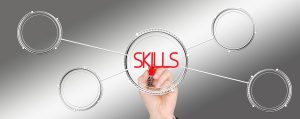
Resources
| Resources | QR Codes |
| Sewing Pattern Symbols Google Form Quiz | 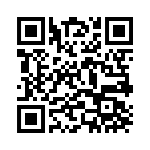 |
| Sewing Pattern Symbols and Techniques Kahoot | 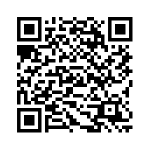 |
| Sewing Symbols Quizlet Cards | 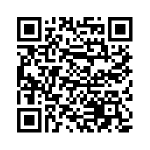 |
References
Apple, L. (2021). Introduction to Apparel Production Workbook. Uark.pressbooks.pub. Retrieved 20 September 2022, from https://uark.pressbooks.pub/introapparelproductionworkbook/.
Deaton, S. (2021). Teaching Apparel Production. Presentation.

